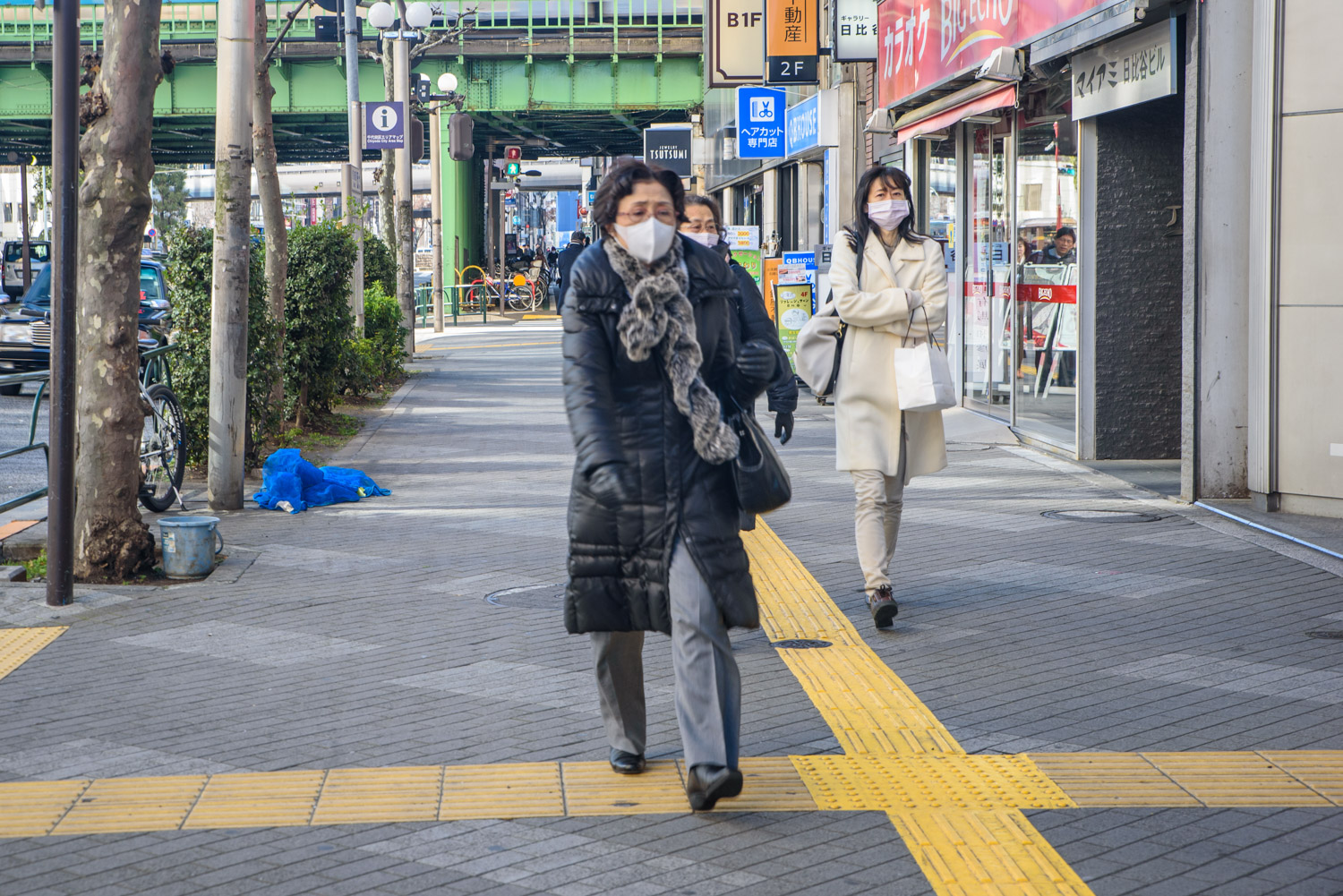
Barbershops were among the businesses ordered to close in B.C. on March 21. My regular barbershop closed about a week earlier just as I realized I badly needed a haircut.
At the time, I joked that I would have to grow hippie hair. But by early April, my hair was growing wild and out of control and the extra weight was starting to hurt my neck. OK, that’s exaggerating a bit, but I wanted a cut.
Social media has been packed with memes about people giving themselves haircuts that turned out very badly. I learned as a kid that cutting your own hair is not a good idea – when I tried it in elementary school, I kept taking more off to try to even it out until I was bald. Never again. Continue reading “VIDEO: With barbershops closed, many of us are turning to homemade haircuts”







